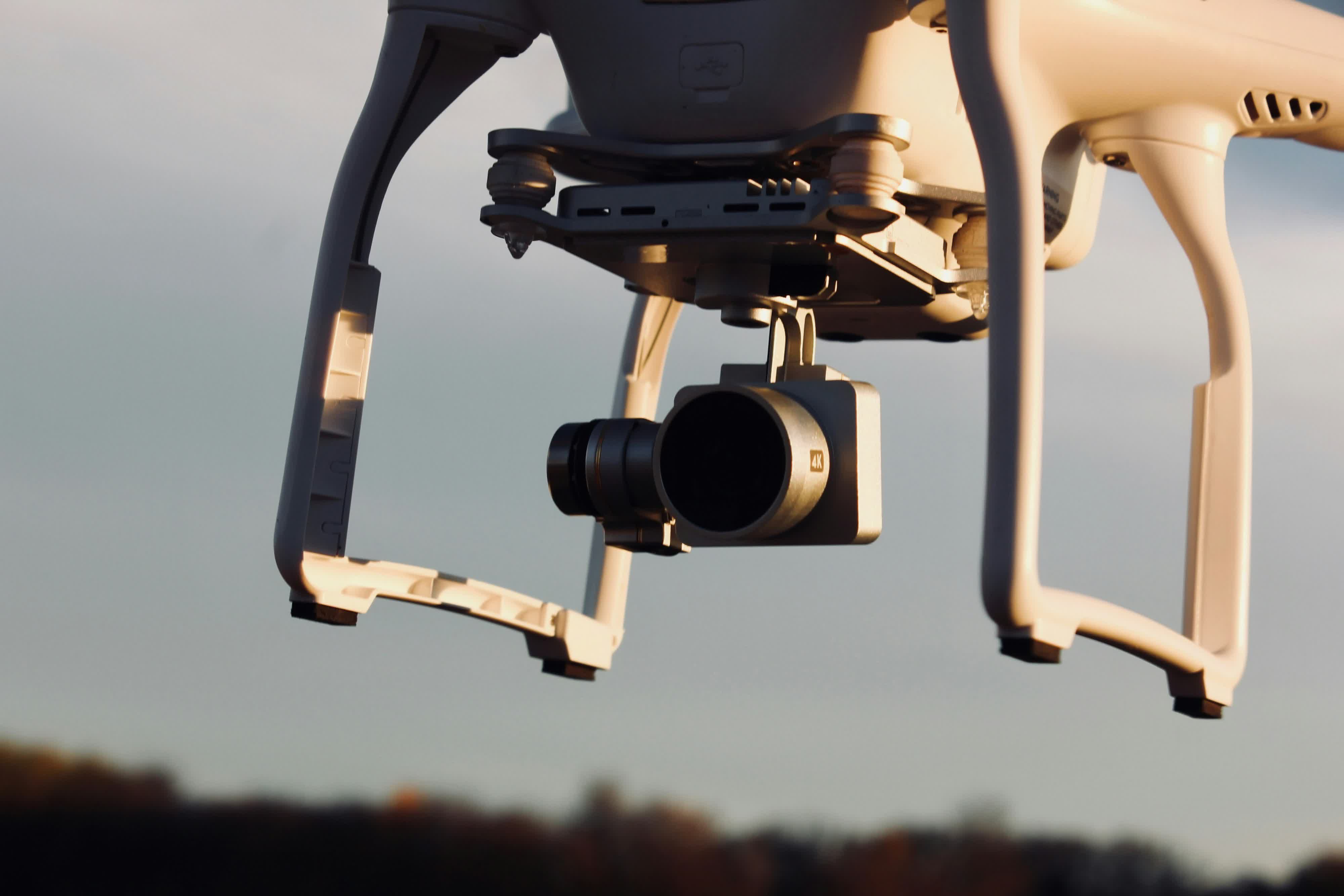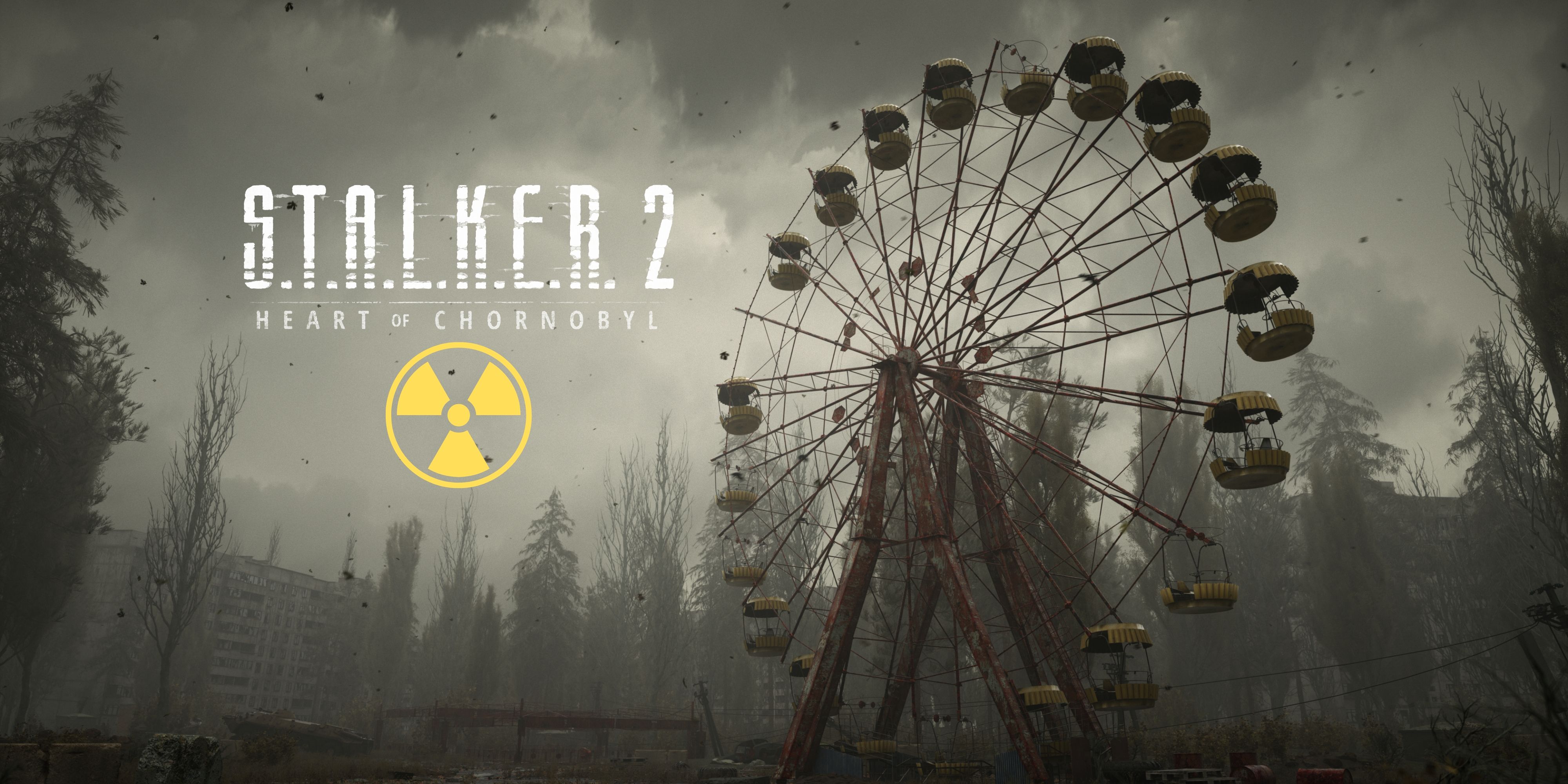METRO.CO.UK
Best free games for PS5, Xbox and Nintendo Switch from Wuthering Waves to Valorant
Best free games for PS5, Xbox and Nintendo Switch from Wuthering Waves to ValorantAdam StarkeyPublished December 26, 2024 1:00am Another wave of free-to-play games looms (Kuro Games)If youve found yourself with a new console over Christmas, heres some games you can try without any damage to your bank account.While game consoles are often bundled with free games, like Wii Sports or Face Raiders on the Nintendo 3DS, theres now an entire subsection of the industry dedicated to offering experiences which are entirely free.The free-to-play model might represent some of the mediums worst habits, like egregious microtransactions and other dodgy models of monetisation, but some of them are surprisingly generous in what they offer without having to lay down any cash.So if youre looking to try out some free games after picking up a PlayStation 5, Xbox Series X/S, or Nintendo Switch, weve listed some of the best options below. Weve omitted the usual heavy-hitters, like vanilla Fortnite, Call Of Duty: Warzone, Apex Legends, and Genshin Impact, to prioritise games released over recent years, but you probably already knew about those anyway.Its also worth noting that while these games are billed as free, in most cases youll need an online subscription to play them. The lowest tier for PlayStation is PS Plus Essential at 6.99 per month (or cheaper if bought yearly), whereas Xbox offers Game Pass Core for the same price, and Nintendo Switch Online is the cheapest at 3.49 per month.Free games on PS5 and Xbox Series X/SAstros Playroom (PS5)If youre new to the PlayStation 5 console, Astros Playroom is the perfect introduction to the systems capabilities. This is a family-friendly platformer designed to show off the DualSense controller, between the haptic feedback on the triggers and the touchpad.This comes pre-installed on every PlayStation 5 console and doesnt require any online connection, so theres nothing stopping you enjoying what is still one of the best exclusives on the system. If youre a fan, its full-priced successor Astro Bot was just released this year.Marvel Rivals (PS5 and Xbox) Marvel Rivals has been a big success, so far (NetEase Games)This 6v6 third-person shooter is largely pitched as an alternative to Overwatch and its become very popular since it launched earlier this month. Its huge roster of Marvel characters boasts big names like Spider-Man and lesser known heroes like Squirrel Girl, all contained within a competitive hero shooter.Wuthering Waves (PS5)One of the many rivals to Genshin Impact is Wuthering Waves, which launched on PC earlier this year but lands on PlayStation 5 from January 1 (at 10pm GMT), 2025. The action role-playing core shares similarities with its inspiration, but it has a greater emphasis on combat.The Finals (PS5 and Xbox) The Finals launched in 2023 (Embark Studios)Of all the free first person shooters to drop over recent years, The Finals is one of the few to have some staying power. Its pitched around a fictional game show, as teams fight to secure cash vaults, but the destructible environment is the big selling point allowing you to flatten entire structures and turn the tables at the smash of a sledgehammer.Infinity Nikki (PS5)If youre bored of competitive violence, jump into the cuddly world of Infinity Nikki. Its part open world platformer and part dress-up role-player, pulled along by the impressive detail in its unlockable in-game outfits. This has become a sensation since it launched earlier this month, with a whopping 20 million downloads within its first week.Halo Infinite (Xbox) Halo Infinite has a free portion (Microsoft)While the campaign portion is locked behind a paywall, Xbox players can jump into Halo Infinites multiplayer offering without any charge. It hasnt maintained the longevity past Halo games have managed, but theres still a healthy amount of players to keep the frenetic matches rolling.Valorant (PS5 and Xbox)This first person hero shooter might be the best example of the genre out there, but its one best suited for experienced players. Its essentially a blend of Overwatch and Counter-Strike, so expect a predominantly tactical experience sprinkled with some absurd power-ups.Zenless Zone Zero (PS5) Zenless Zone Zero isnt as open as Genshin Impact (MiHoYo)Developer MiHoYo have largely cornered the market when it comes to anime-orientated free-to-play role-playing games, and this is the studios latest title following Genshin Impact and Honkai: Star Rail. Zenless Zone Zero will feel familiar to anyone whos dabbled in either of those games, but its smaller focus might make it the more welcoming option.MultiVersus (PS5 and Xbox)If you want the closest thing to Super Smash Bros. Ultimate without the cost, MultiVersus might be your best option. It takes the same platform fighter fundamentals and applies it to various properties from the house of Warner Bros., ranging from Looney Tunes, Scooby Doo, and DC to Adventure Time.Lego Fortnite (PS5 and Xbox) Brick Life has arrived in Lego Fortnite (Epic Games)Fortnite is one of the most ubiquitous properties in gaming today, but in recent years it has added several modes beneath the traditional battle royale. One of the most popular is Lego Fortnite, which now spans various modes between a survival Minecraft-like sandbox and a social role-play experience called Brick Life.Free games on Nintendo SwitchPokmon UniteIf youre looking for a gateway into League Of Legends or Dota 2, Pokmon Unite might be the best route into the multiplayer online battle arena (MOBA) genre. Its popularity has dimmed since it launched in 2021, but its still a compelling title designed for quick 5v5 matches. Three years later, theres now over 62 playable Pokmon to unlock.Tetris 99 and F-Zero 99 F-Zero with a modern twist (Nintendo)Weve bundled these together because theyre both playable for free if you subscribe to Nintendo Switch Online. As the name implies, both Tetris 99 and F-Zero 99 pit you against up to 98 other players online in fiercely competitive matches. The latter, especially, is secretly one of the best racing games on the Switch outside of Mario Kart 8 Deluxe.Super Kirby ClashIf you dont have the cash for Kirby And The Forgotten Land, Super Kirby Clash might address your cuddly pink ball fix. Its an action role-playing game where you take on a series of bosses with friends locally or online. Its far from the best Kirby experience, but theres some chaotic charm to be found in this bizarre oddity.Pokmon Caf ReMixThis might not rank highly among the overwhelming number of Pokmon spin-offs, but its cute art style might grab younger fans of the series. This simple puzzle game is only playable using the Switch touchscreen though, so it can only be played in handheld mode. Even monsters need a snack (Nintendo)Emailgamecentral@metro.co.uk, leave a comment below,follow us on Twitter, andsign-up to our newsletter.More TrendingTo submit Inbox letters and Readers Features more easily, without the need to send an email, just use ourSubmit Stuff page here.For more stories like this,check our Gaming page.GameCentralExclusive analysis, latest releases, and bonus community content.This site is protected by reCAPTCHA and the Google Privacy Policy and Terms of Service apply. Your information will be used in line with our Privacy Policy








